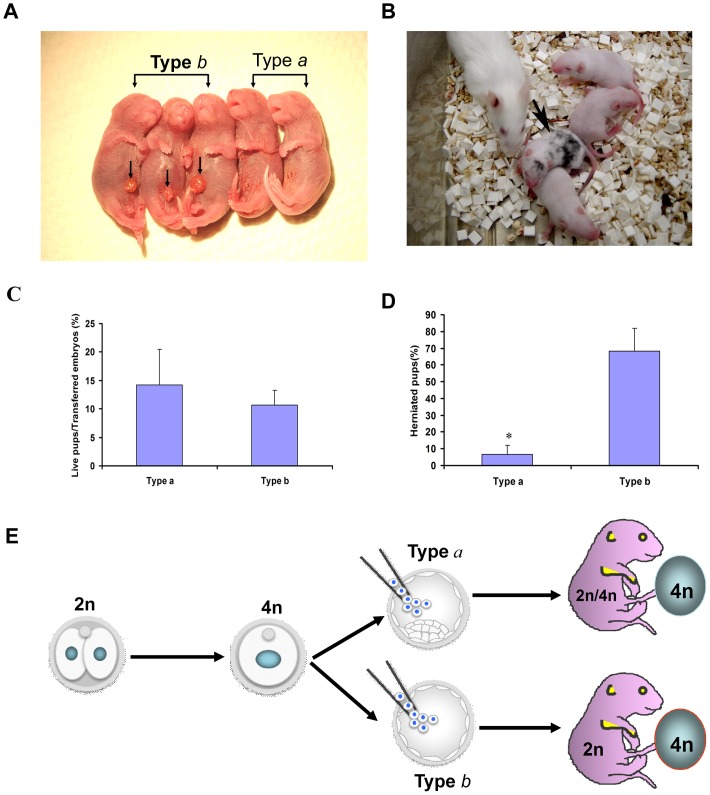Figure 5. ESC mice produced by tetraploid complementation using both type a and type b 4n blastocysts.
(A) Newborn pups obtained using type a and type b 4n blastocysts by tetraploid complementation. Pups from type b 4n blastocysts are frequently displaying abdominal hernia (arrow indicated), while pups from type a 4n blastocyst are all normal. (B) A litter of ESC pups (white coat color) produced using type a 4n blastocysts (black coat color); one pup (arrow indicated) displayed substantial contribution of cells from the host 4n embryo (over 20% of contribution from the host embryo judging by the coat color). (C) The efficiency to obtain ESC mice from type a or type b 4n blastocysts is not significantly different (χ2-test, P = 0.13). (D)The frequency of herniated pups using type b blastocysts is significantly higher than using type a blastocysts (χ2-test, P<0.01). (E) A model for tetraploid complementation illustrates ESC mice from type a 4n blastocysts are possibly 2n/4n chimeras, whereas ESC mice from type b 4n blastocysts could be pure ESC-derived.

